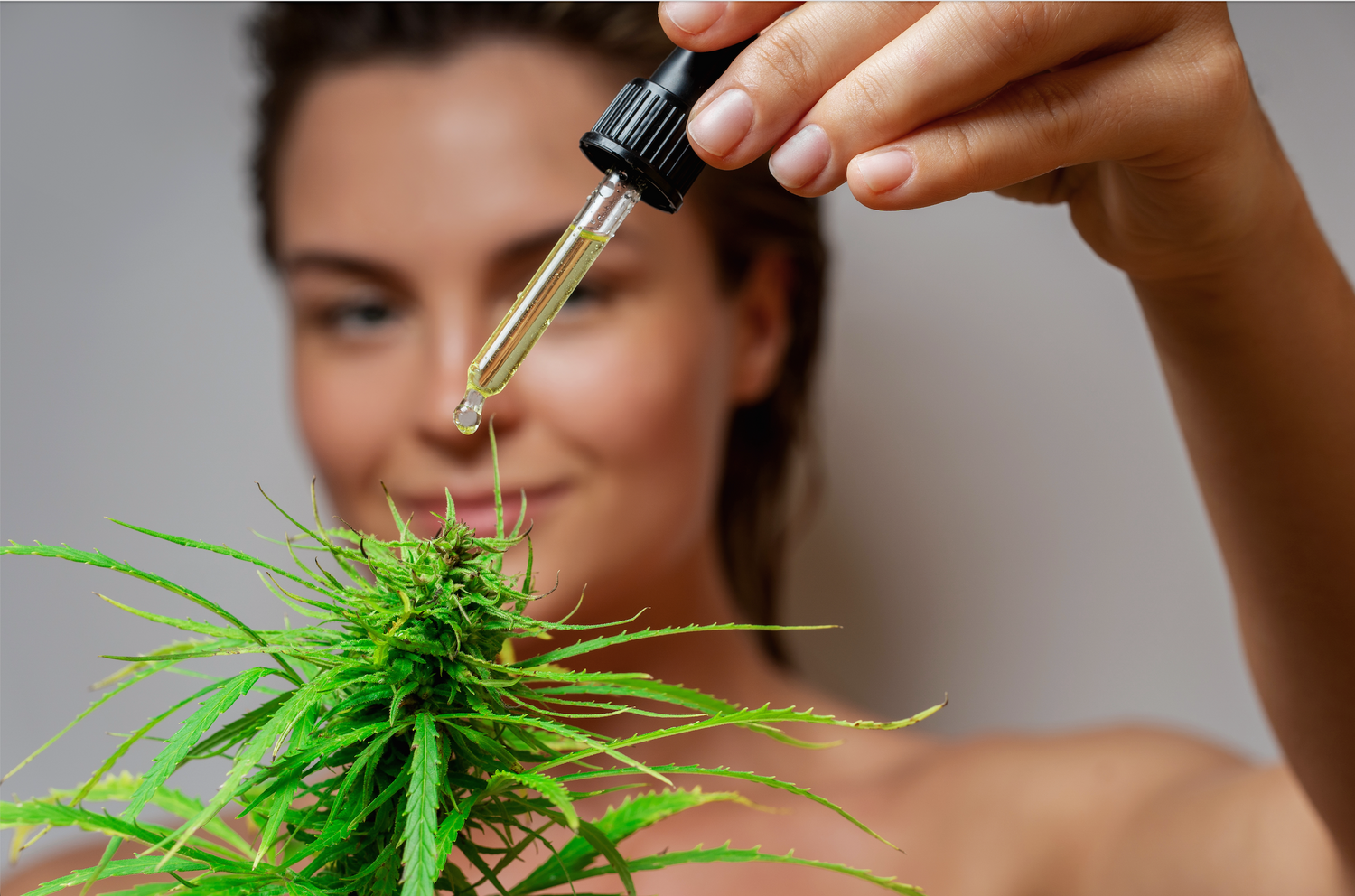Understanding CBD Concentrations: A Guide to Choosing the Right Product

Navigating the World of CBD with Confidence
As interest in natural health supplements continues to grow, cannabidiol (CBD) has emerged as a popular choice for those seeking relief from various ailments without the psychoactive effects associated with cannabis. CBD, derived from the hemp plant, is celebrated for its potential health benefits, ranging from pain relief to anxiety reduction. However, for newcomers and even seasoned users, the vast array of CBD products available can be overwhelming. Understanding CBD concentrations and how to choose the right product is not just helpful—it's essential for maximizing the benefits while ensuring safety and efficacy.
Understanding CBD Concentrations
CBD concentration, measured in milligrams per unit, directly impacts a product's therapeutic effectiveness. Higher concentrations might be necessary for managing acute symptoms, whereas lower concentrations could be sufficient for general wellness. A thorough understanding is crucial for detailed insights into how concentrations vary and their implications (Harvard Health Publishing).
Reading a Product Label
Decoding a CBD product label is critical to ensure you're obtaining the desired amount of CBD. Key components of a label include:
- Total CBD Content: Indicates the total amount of CBD in the product.
- Serving Size: Details the amount of CBD per serving.
- Ingredients: Lists all ingredients, highlighting potential allergens or additives.
- Third-Party Testing: Confirms the product's compliance with quality standards.
Dosage Considerations Based on Weight and Other Factors
The appropriate CBD dosage is influenced by body weight, the specific health conditions being addressed, and individual body chemistry. Research suggests starting with a lower dosage and adjusting as needed based on personal response and therapeutic goals (Journal of Pain Research).
Starting with a Low Dosage
Initiating treatment with a low dose of CBD and gradually increasing it allows users to determine their optimal dosage with minimal risk of side effects. Healthcare providers widely recommend this method to ensure safety and efficacy (Mayo Clinic).
Consulting Healthcare Professionals
It is advisable to consult healthcare professionals before starting any new supplement regimen, especially CBD. This ensures that CBD is appropriate for your specific conditions and does not interact adversely with other medications.
Choosing the Right Type of CBD Product
Selecting the right type of CBD product—whether full-spectrum, broad-spectrum, or isolate—is crucial for achieving desired health outcomes:
- Full-Spectrum: Contains all cannabinoids, including THC, believed to contribute to the entourage effect.
- Broad-Spectrum: Offers multiple cannabinoids but without THC, suitable for those avoiding psychoactive effects.
- CBD Isolate: Provides pure CBD, ideal for precise dosing needs.
Each product type suits different user preferences and legal requirements (Project CBD).
Your Path to CBD Mastery
Incorporating CBD into your wellness routine can significantly enhance your quality of life, provided you select the right type and concentration of product. Armed with the knowledge of how to interpret CBD concentrations and product labels, you are better equipped to make informed decisions that align with your health objectives.
As the CBD landscape continues to evolve, staying informed through credible sources like academic journals and healthcare publications will help you remain updated on the latest research and recommendations. Explore the potential of CBD and take proactive steps towards a healthier, more balanced life at www.serenital.com


